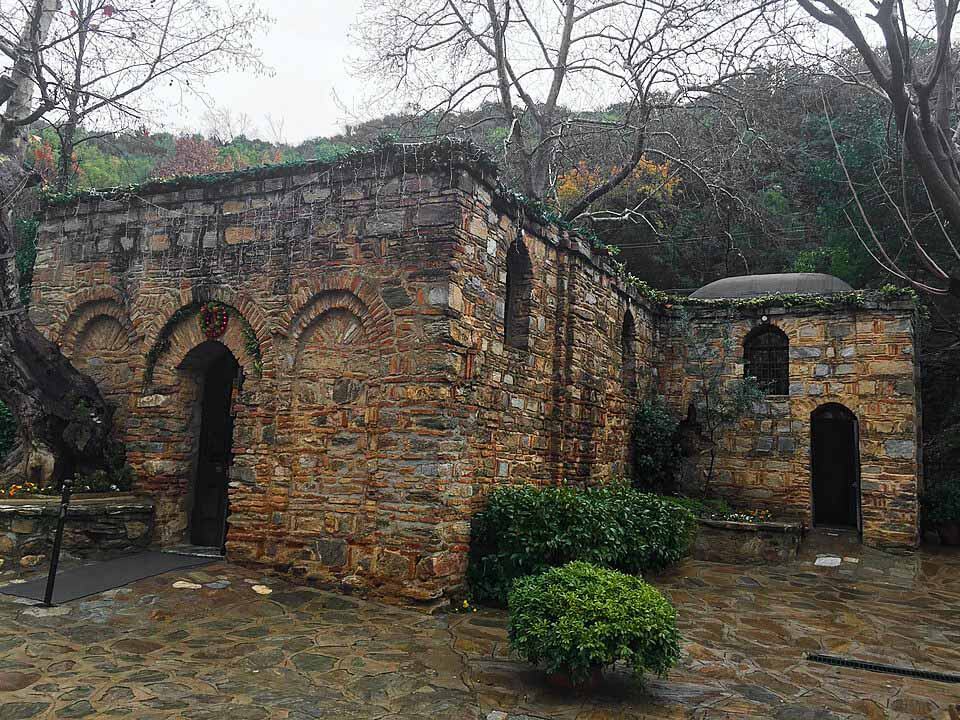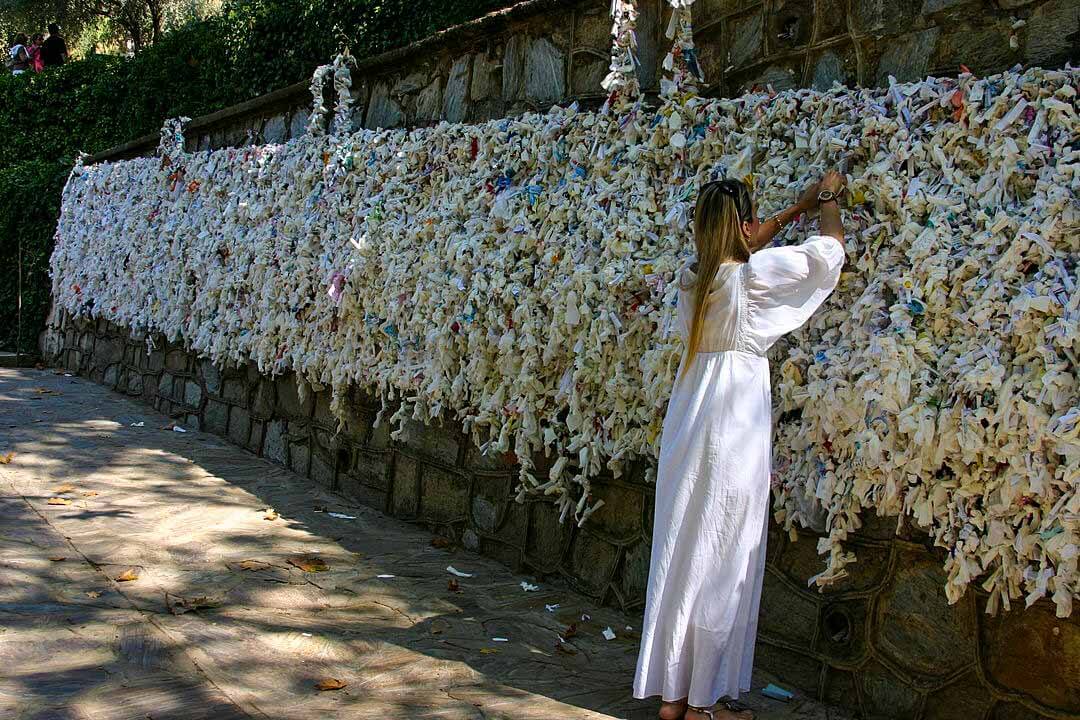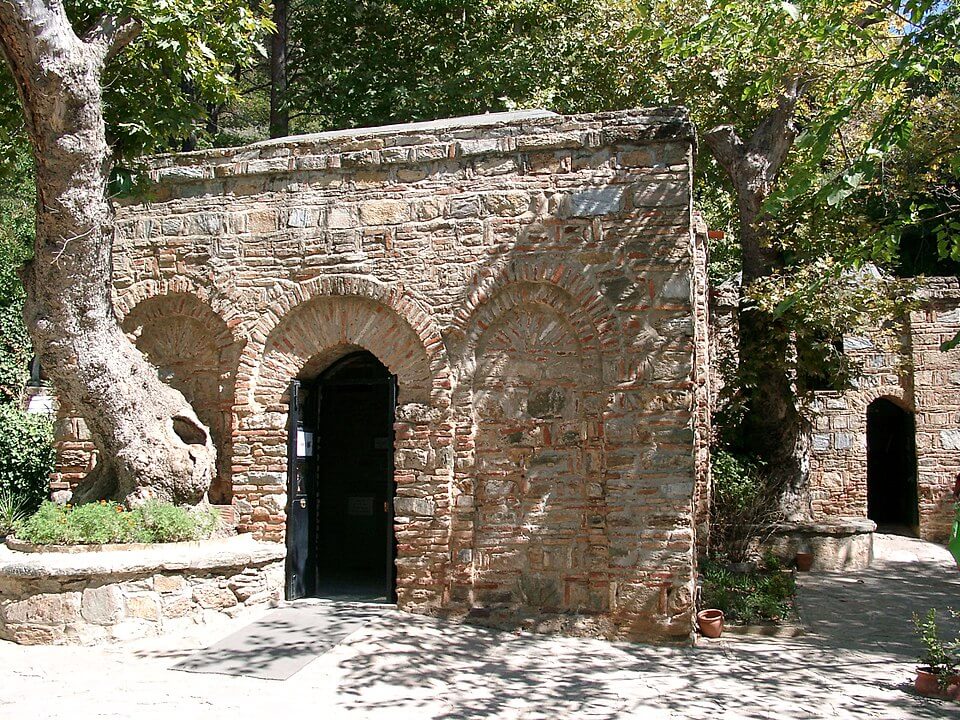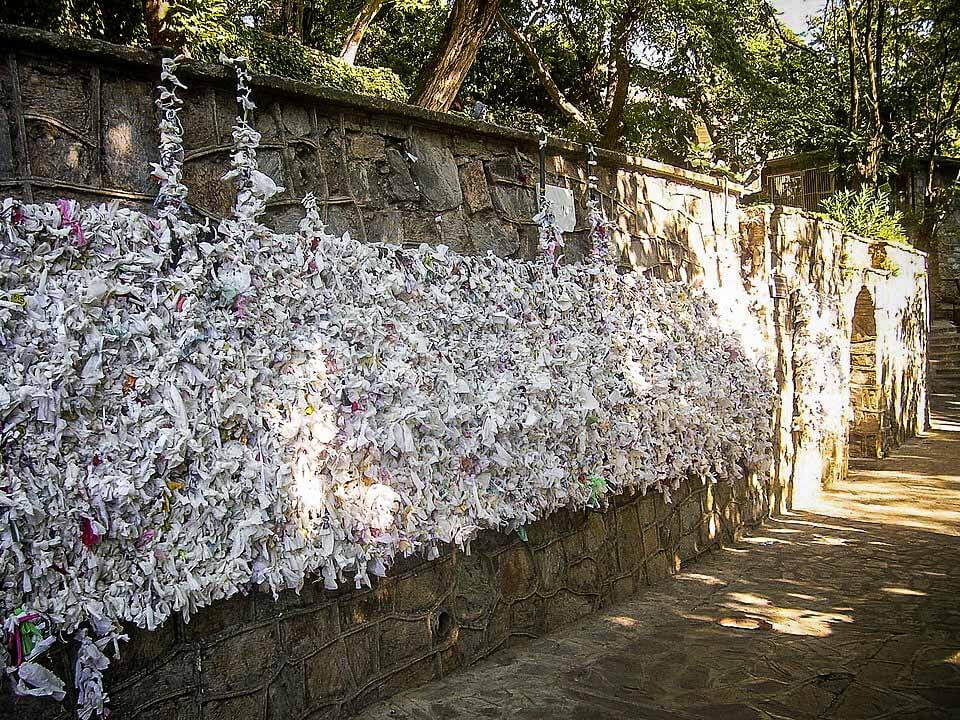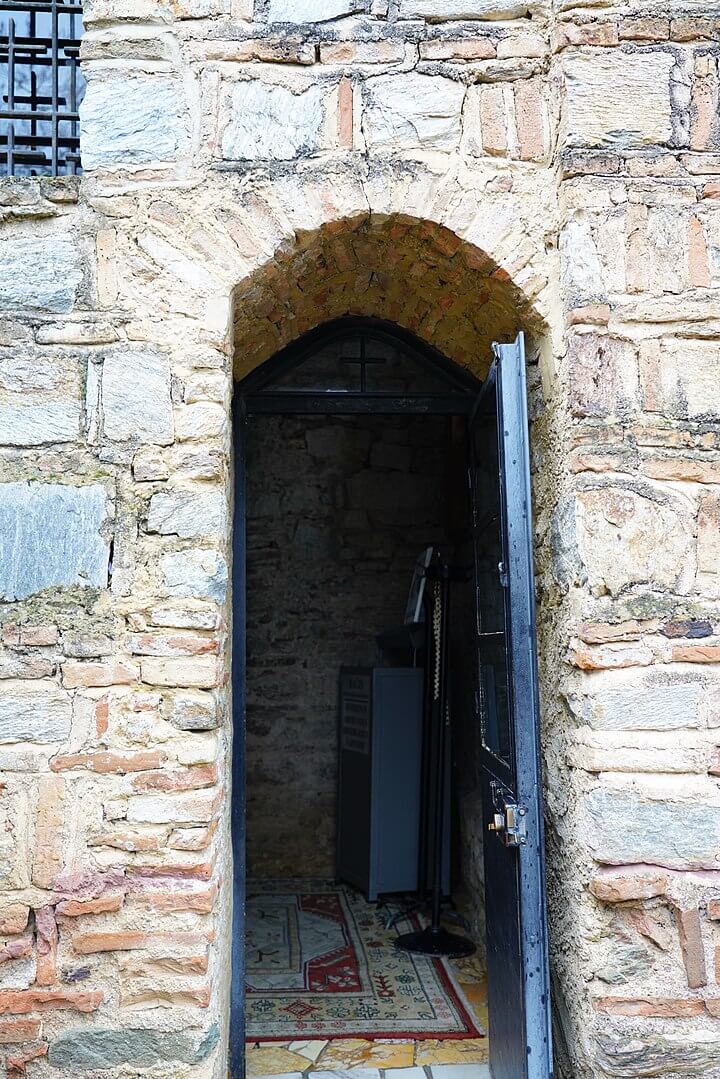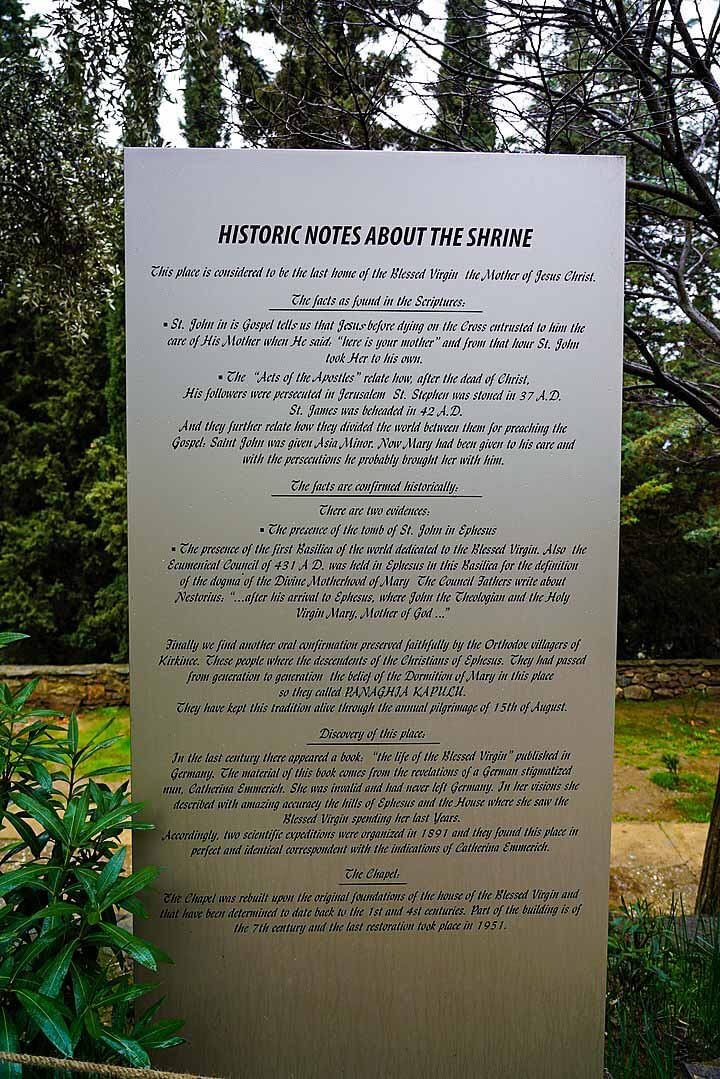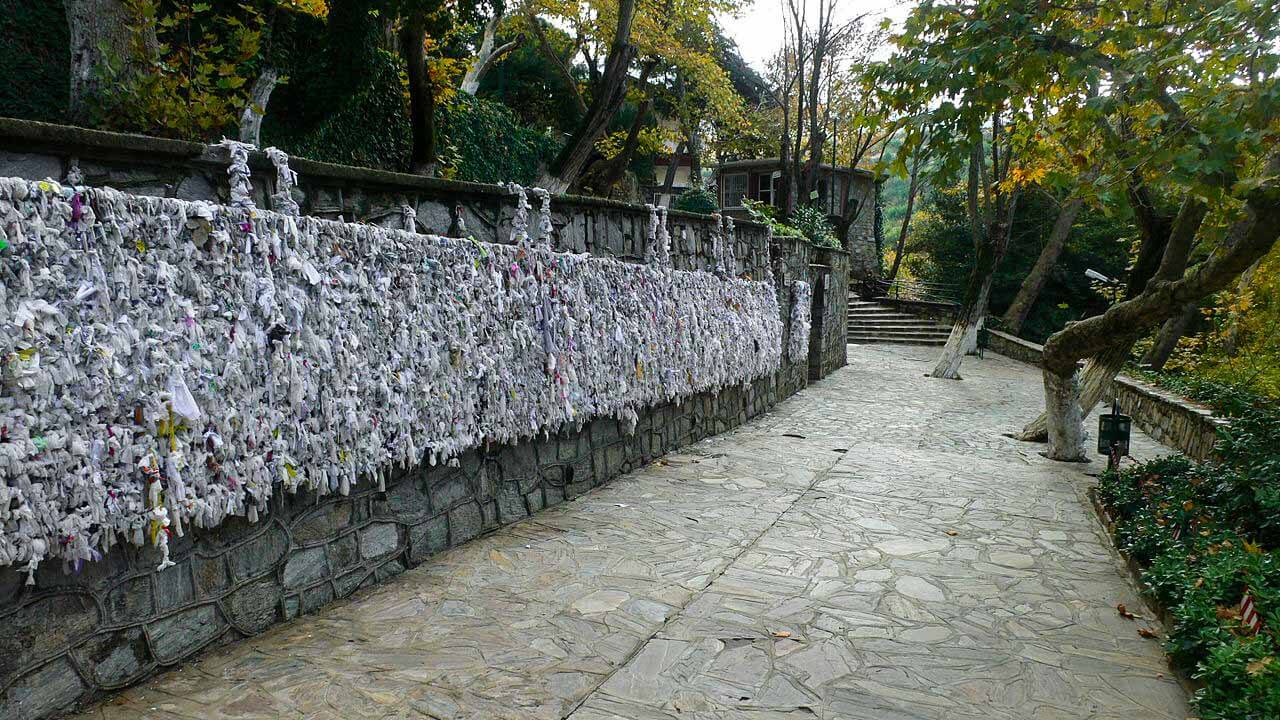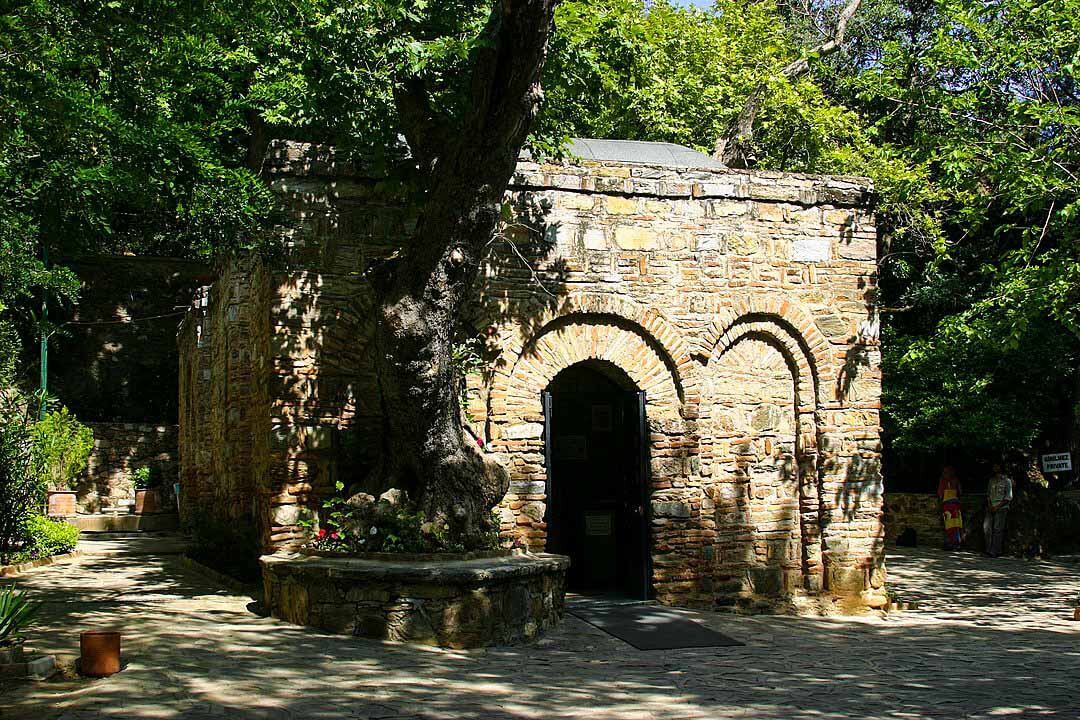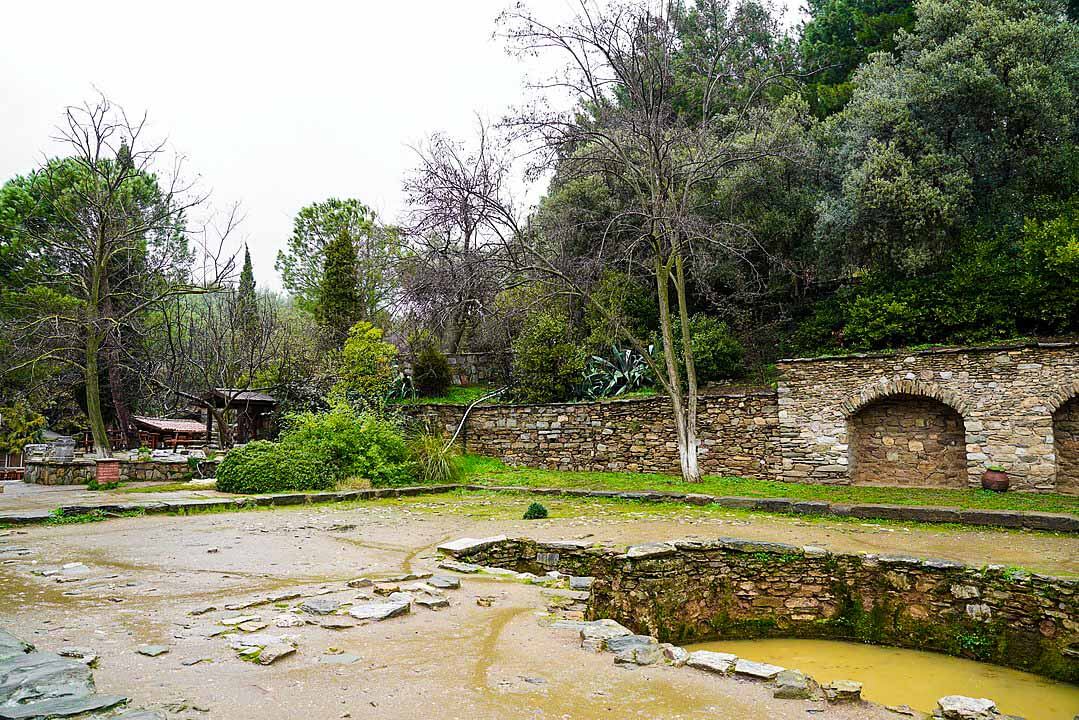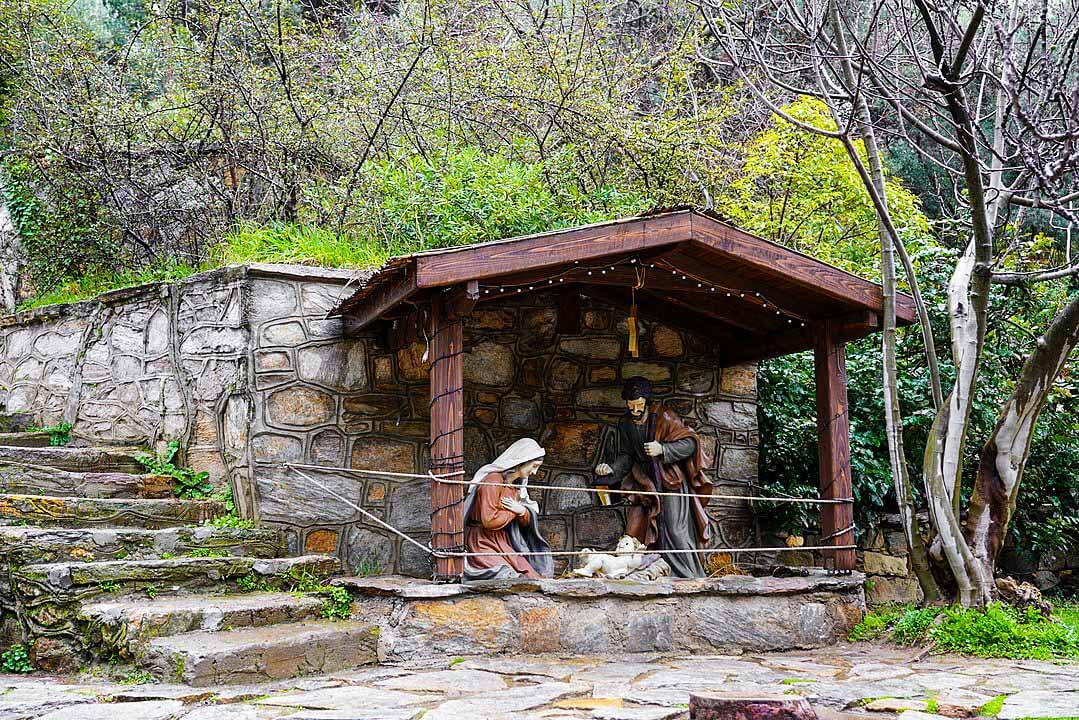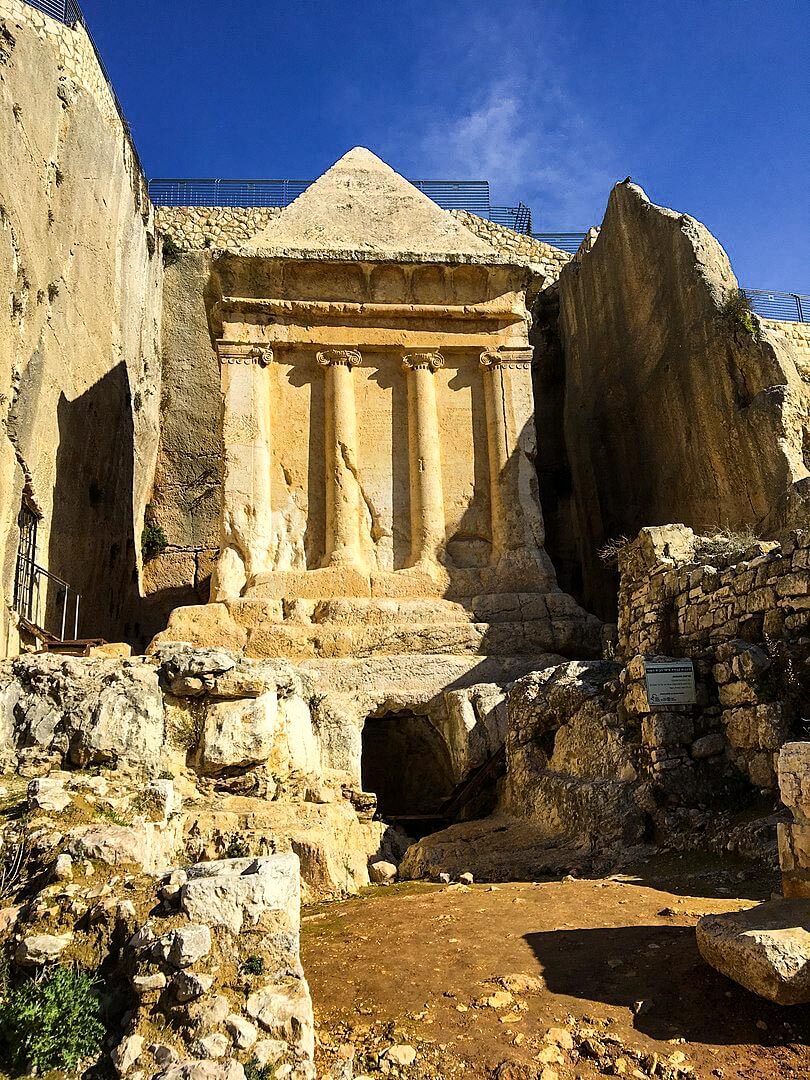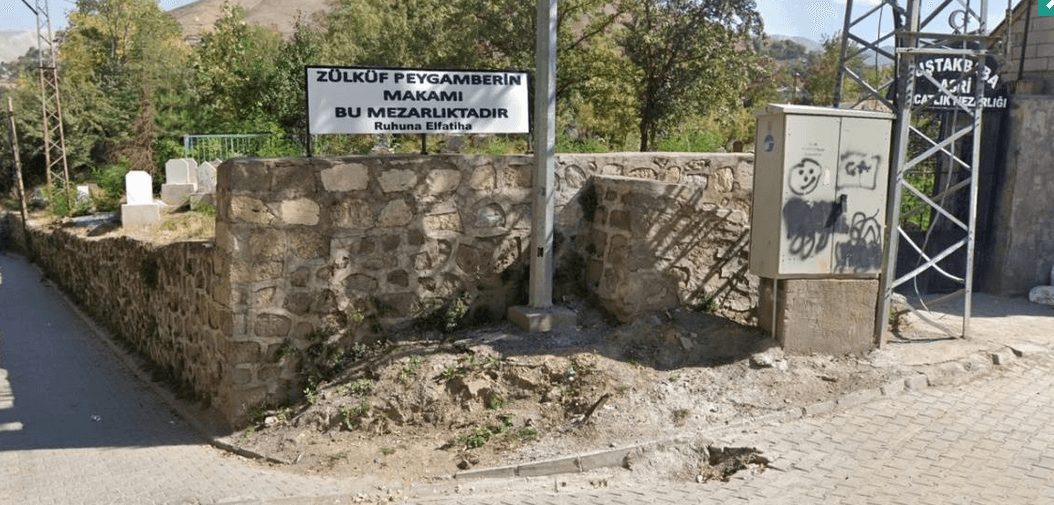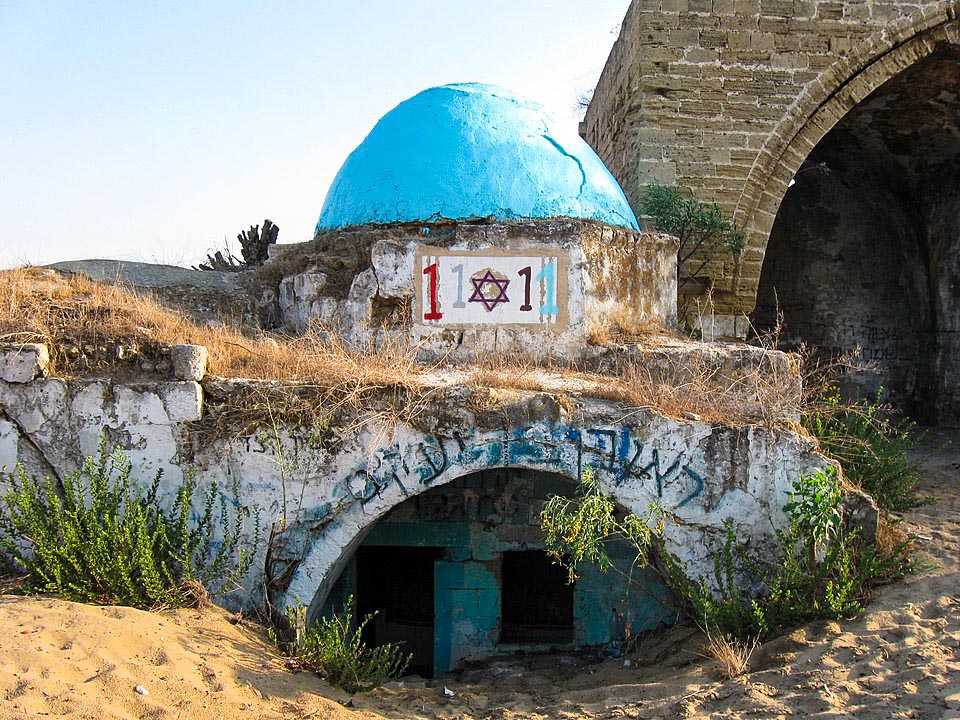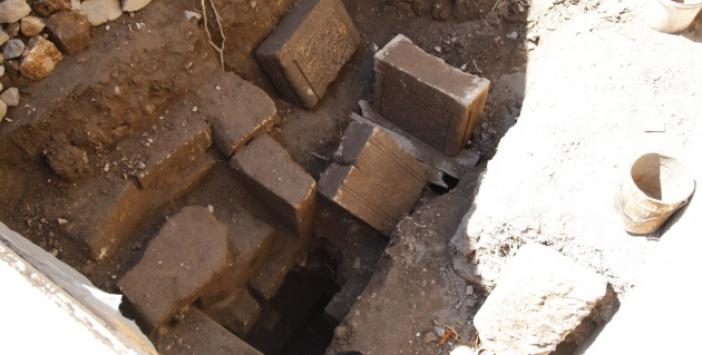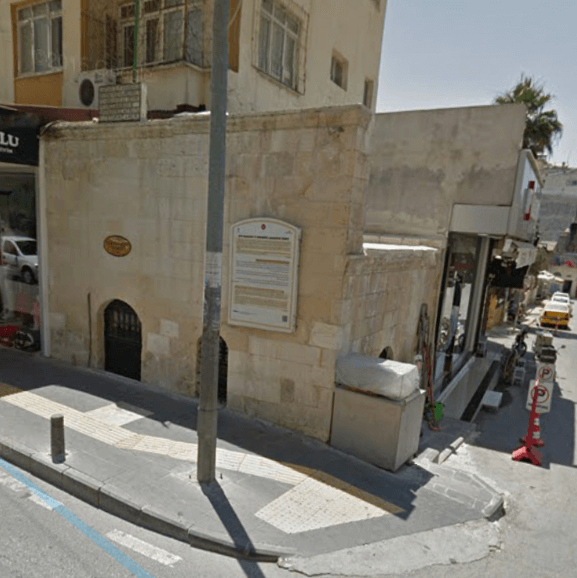Izmir, Turkey
Coordinates: 37.911678, 27.333955
Also knows as the House of the Virgin Mary, it is a Catholic shrine located on Mt. Koressos in the vicinity of Ephesus, 7 kilometres (4.3 mi) from Selçuk in Turkey.
It is, according to some of the christians tradition, the house in which Bibi Maryam رضي الله عنها spent her latter years.
Though the house has been determined by archeologists to have been built in the 6th or 7th century, it stands on the foundation of a much older structure that some believe was the home of the mother of Hz. Isa عليه اسلام
Discovery of the house
The house was discovered in the 19th century by following the descriptions in the reported visions of Anne Catherine Emmerich (1774–1824), a Roman Catholic nun and visionary.
While the Catholic Church has never pronounced in favour or against the authenticity of the house, it nevertheless has maintained a steady flow of pilgrimage since its discovery.
Catholic pilgrims visit the house based on the belief that Mary, the mother of Jesus, was taken to this stone house by Saint John and lived there for the remainder of her earthly life.
Description of the house
On the way to the shrine, visitors pass a key hole-shaped baptismal pool, larger than the one located at the basilica in Ephesus.
The preserved stones and construction date back into the Apostolic Age, as consistent with other preserved buildings from that time, but with minor additions such as garden landscapes and devotional additions outside the shrine.
Upon entrance to the chapel, a pilgrim is met by one single large room where an altar along with a large statue of the Blessed Virgin Mary is prominently displayed in the center.
On the right side, a smaller room lies, traditionally associated with the actual room where Bibi Maryam رضي الله عنها is believed to have slept.
Some tradition holds that some form of running water used to flow like a canal in the smaller room where the Bibi Maryam رضي الله عنها slept and rested, leading to the present drinking fountain outside the building structure.
Wishing Wall and Miraculous Well
Outside the shrine is a particular “wishing wall” which pilgrims have used by tying their personal intentions on paper or fabric.
A water fountain or well is also located nearby, believed by some pilgrims to have miraculous powers of healing of ailments or fertility.
Know This
The house is on the top of a hill.
Located 7km from the closest village, a tour bus or a taxi is recommended
There are souvenir stalls, a coffee shop and restaurant at the entrance.
Note: Some of the information in this article comes from Christians sources.

